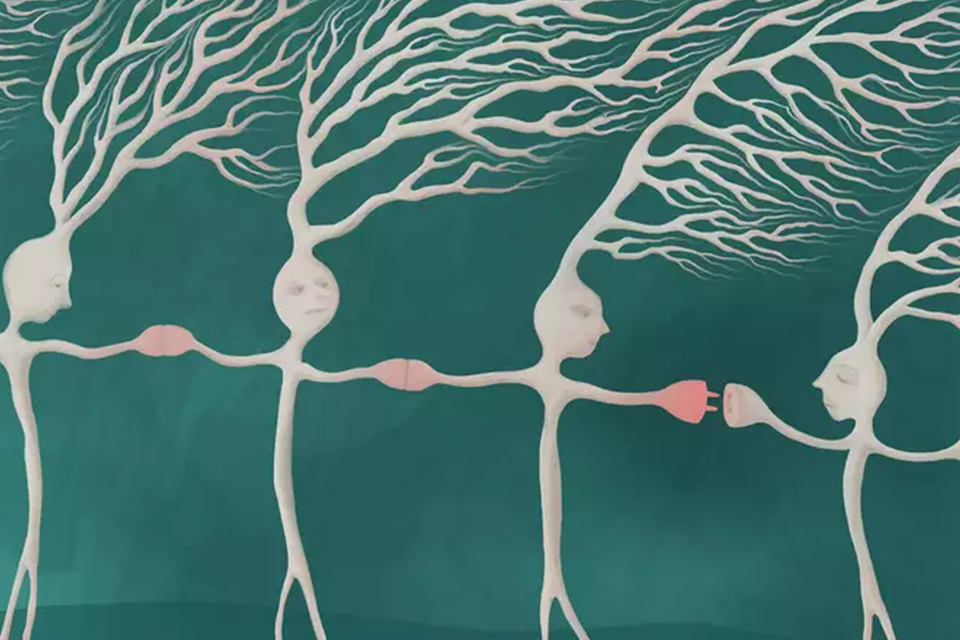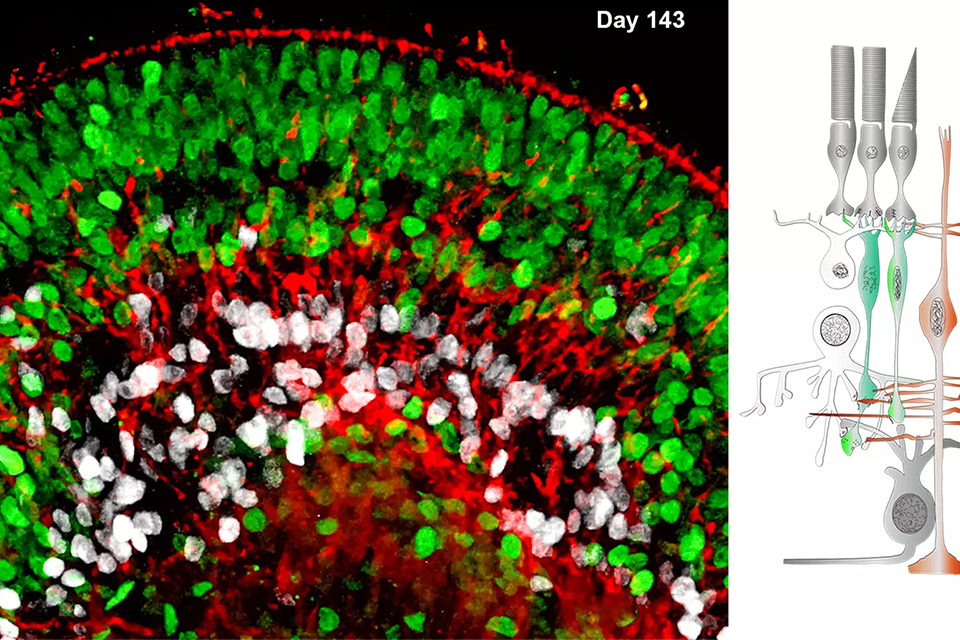The dark matter of the brain
They are part of the brain of almost every animal species, yet they remain usually invisible even under the electron microscope. "Electrical synapses are like the dark matter of the brain," says Alexander Borst, director at the MPI for Biological Intelligence, in foundation (i.f). Now a team from his department has taken a closer look at this rarely explored brain component: In the brain of the fruit fly Drosophila, they were able to show that electrical synapses occur in almost all brain areas and can influence the function and stability of individual nerve cells.











